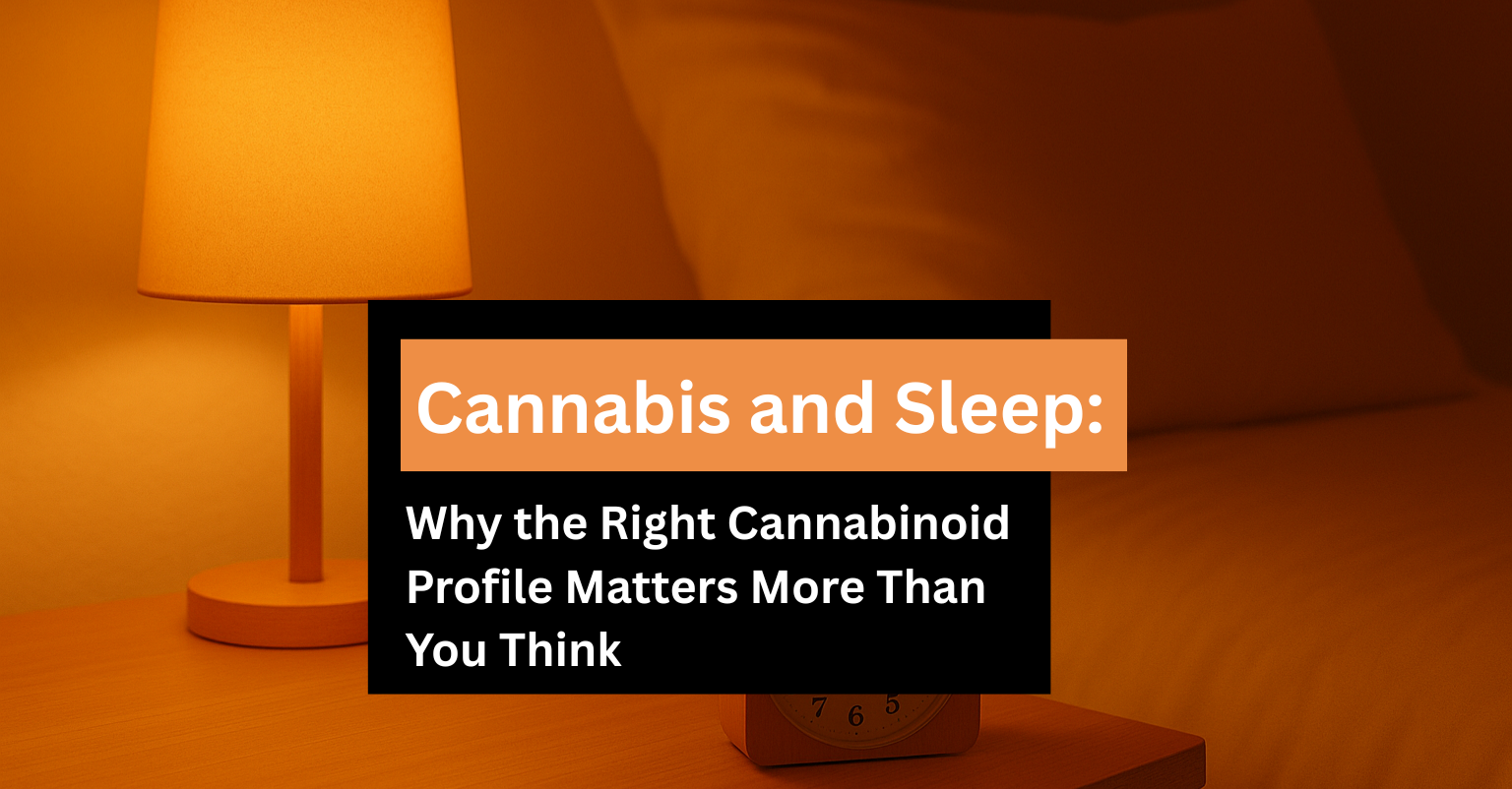News
News and current information at a glance.
From Stigma to Science: Why More Doctors Are Prescribing Cannabis in 2025

From Stigma to Science: Why More Doctors Are Prescribing Cannabis in 2025
Once viewed as controversial and unconventional, medical cannabis is now stepping confidently into the mainstream. In 2025, a growing number of doctors across the globe are incorporating cannabis-based treatments into their clinical practices — not because of hype, but because of science, patient demand, and positive outcomes.
What was once clouded by stigma is now being clarified by research and real-world results.
The Shift: From Skepticism to Support
For many years, cannabis was excluded from serious medical conversations — dismissed as anecdotal or lumped in with recreational use. But over the past decade, a shift has occurred: one grounded in data, pharmacology, and patient experience.
Why the change?
- Peer-reviewed research is expanding rapidly, especially in areas like chronic pain, neurological conditions, autoimmune disorders, and mental health.
- Pharmaceutical-grade products are now available, offering consistent dosages and cannabinoid ratios.
- Patient stories are resonating — especially from those who’ve tried everything else.
Doctors are no longer seeing cannabis as an experiment, but as a regulated, plant-based option within an integrative treatment plan.
What’s Driving the Rise in Cannabis Prescriptions?
- More Educated Patients
Patients today are informed, curious, and often ahead of their healthcare providers when it comes to alternative therapies. Many seek cannabis not as a last resort, but as a more natural, sustainable option. Doctors are listening. - Better Training for Physicians
Cannabis medicine is now being taught in continuing medical education programs, university modules, and clinical workshops. This new knowledge base gives doctors the confidence to prescribe safely and responsibly. - Quality and Compliance Have Improved
Medical cannabis is no longer a grey-market product. Regulated supply chains, third-party lab testing, and pharmaceutical formulations have made it easier for healthcare providers to trust what they’re prescribing. - The Opioid Crisis Changed the Conversation
In many regions, the overprescription of opioids has led to a public health crisis. Cannabis — especially for chronic pain — is being viewed as a lower-risk, non-addictive alternative.
What This Means for Medical Professionals
Prescribing cannabis today isn’t just about writing a script — it’s about taking a personalized, informed, and cautious approach. Doctors are learning to:
- Determine appropriate cannabinoid ratios (e.g., THC vs. CBD)
- Choose delivery methods suited to the patient (e.g., oils, capsules, inhalation)
- Consider potential drug interactions and medical history
- Follow up with patients to adjust dosing and track outcomes
It’s becoming a collaborative process, not a transactional one.

